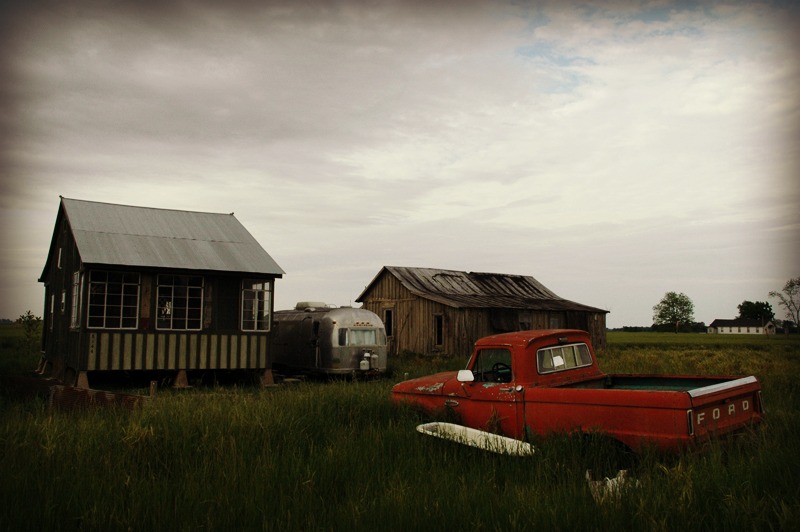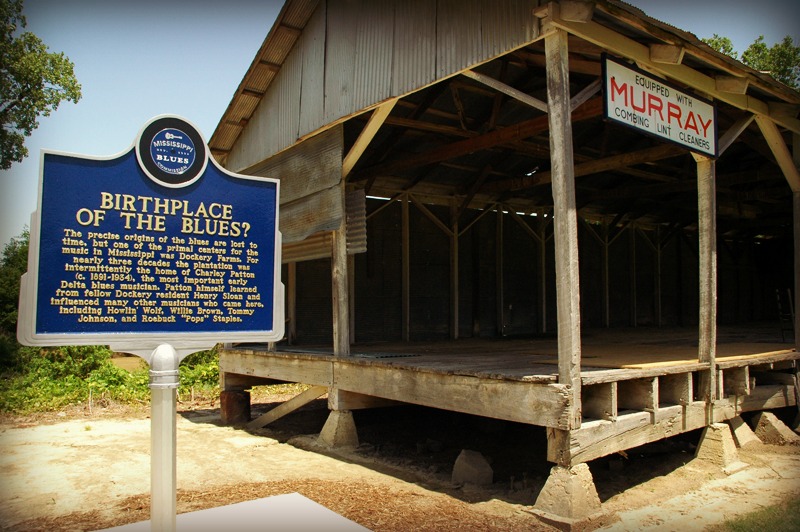Written and Photography by Bart Drolenga. Bart and his wife Saskia are from Amsterdam, but are traveling the world looking for inspiration. The couple regular regularly blogs “on and for inspiring 50up people,” people who believe age is just a number. To view more of the Drolenga’s travels, visit https://thehighwayismyhome.com.

A dream has come true. We are driving on Highway 61 from Memphis to New Orleans. As a blues fan it has been my longtime wish to travel this illustrious road. The highway, made famous in the Bob Dylan song “Highway 61 Revisited” runs all the way from Wyoming, Minnesota to the Gulf of Mexico, following the course of the Mississippi River. The stretch we are driving runs trough the Delta where cotton fields abound as far as the eye can see.

Many of the greats of the blues lived here in the vicinity of the highway and worked as sharecropper on one of the plantations. Their ancestors brought from Africa and kept as slaves.

The blues was born in the Mississippi Delta and in that Delta the blues was born on Dockery Farms. At least that is what legend tells us. The true origins of the blues are lost to time of course. But a fact is that Dockery Farms was the home of Charlie Patton, the most influential early Delta blues musician.
Dockery Farms was an important cotton plantation when Patton lived there in the early 1900s. It was completely self-sufficient with it’s own school, doctor, store, blacksmith, cotton gin and currency for it’s 400 tenant families. Charlie Patton was a popular performer for both blacks and whites in the area, often playing all night.

It is hot and the air vibrates over the green Delta fields when we drive the 5 miles or so from Cleveland, Mississippi to Dockery Farms. The remains of the cotton gin, a complex of barns made out of wood and corrugated tin, stand tall as a monument to the old days. The walls are rusty and overgrown with dark green leaves. Dockery Farms, est. 1905 by Will Dockery is written with large brown and black letters on one of the walls. On a blue Mississippi Blues marker the story of Dockery Farms and its most famous tenant is told. I can feel history creeping through the cracks in the walls. In my mind I see Charlie Patton playing the blues in front of a rowdy crowd or teaching the blues to a little boy called Chester Burnett, who later becomes Howlin’ Wolf, my favorite blues man of all time.

Not all is history along highway 61. In some places the blues is still very much alive. Such a place is Po Monkey’s in Merigold. This is one of the last remaining juke joints.
Po Monkey’s is nothing more than a wooden shack in the middle of nowhere. Outside a warning is written on the wall: “there will be no rap music inside”. Inside the joint is filled with smoke and the air is sticky. A couple dances intimately to the down home blues of Terry “Harmonica” Bean. The crowd is a mixture of locals, students from nearby Delta State University and blues aficionados. The juke joint is furnished with a pool table, jukebox, beer posters and polaroid photos stapled to the walls. Saskia and I feel very welcome here and we really enjoy the “real deal” atmosphere.

We decide to get off Highway 61 and travel the 40 or so miles East of the highway to Bentonia. Jimmy “Duck” Holmes, who is one of the best country blues artists of today, welcomes us. Jimmy also owns The Blue Front Café, a blues bar that was opened in 1948 by his parents Carey and Mary Holmes.
Legendary musicians such as Sonnyboy Williamson, James “Son” Thomas, Skip James and Jack Owens used to perform in The Blue Front Café. Jack Owens personally teached Jimmy “Duck” Holmes play in the Bentonia style of blues that was invented by himself and Skip James.
Jimmy “Duck” Holmes is a very friendly man and he shows us around The Blue Front Café, whose front is painted in a spectacular blue color. Inside the cafe is kind of bare except for a bar, a few tables and chairs and a jukebox. Pictures of blues artists and some LP covers hang on the wall. Jimmy picks up his beaten up electric guitar and plugs it in his even more beaten up amplifier. A few moments later we hear a haunting version of “It must have been the Devil”. In the song composer Jimmy Owens blames all his misfortune on the Devil:
[quote]
“Oh, it must have been the Devil
Change that woman’s mind
I am so good looking
But I sure dress so foul
Ain’t got no clothes, baby
And I sure can’t go nowhere
Oh, it must have been the Devil
Change that woman’s mind”
[/quote]
Clip of Jimmy “Duck” Holmes singing “It Must Have Been The Devil”:
The Mississippi Blues Foundation has set up a Blues Trail consisting of Blues markers that tell the story of men, women and places that were essential in the development of the blues. There are currently around 170 of these markers throughout Mississippi.
Website Mississippi Blues Trail: https://msbluestrail.org/

A very cool place to stay is the Hopson Plantation, just south of Clarksdale, where you can spend the night in a beautifully ornamented blues cabin, trailer or room.
Website Hopson Plantation: https://www.hopsonplantation.com/
Cathead is a great blues shop in Clarksdale: https://www.cathead.biz/CatHead/Home.html
– Written and Photography by Bart Drolenga. To view more of Bart’s work, visit https://thehighwayismyhome.com.
